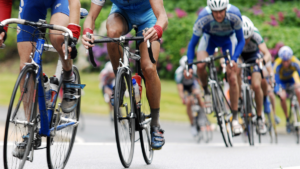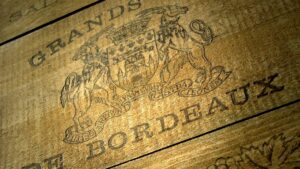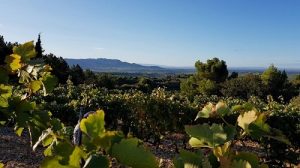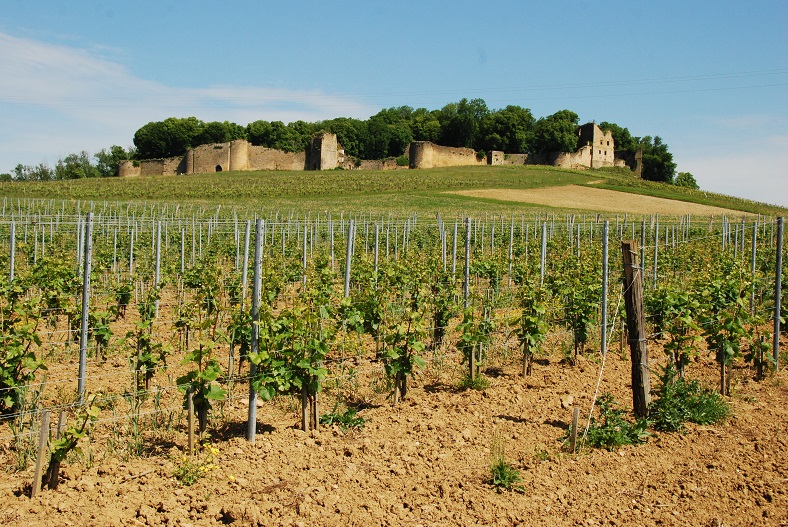
At the heart of a region with the greatest variety of wine imaginable (dry and sweet wine, sparkling cuvées, vins jaunes, vins de paille, macvin…) blossoms a Château that has built up its age-old reputation on the back of its legendary Pinot Noir production. Its secret? A 22-hectare terroir with a single owner, biodynamic growing, and a penchant for adaptation and innovation. Welcome to Château d’Arlay.
Are you looking for an unusual domain? Look no further than the Jura, home to Château d’Arlay whose origins date back to the High Middle-Ages, a period when Franche-Comté was still attached to the Duchy of Burgundy. When the owners, themselves Burgundian, set up in Arlay, it was mainly because of the regional production of saltwater. Arlay is also an important passing place between Italy and the Netherlands. The Arlay family made the most of this by charging a toll to boats travelling between Venice and the North Sea as a second source of revenue.
Strong from their little business, these newly powerful merchants created their own wine domain, a rare occurrence at a time when this was the usually the realm of the religious order. Unsurprisingly, these Burgundians had a weak spot for Pinot Noir which, in order to flourish, requires chalky rock and earth less compact than we tend to find in the Jura. To their great joy, they found such ground at the foot of their fortress. This hill is a combination of two terroirs, with grey marl at the deeper level covered by the chalk of the Saône plain.
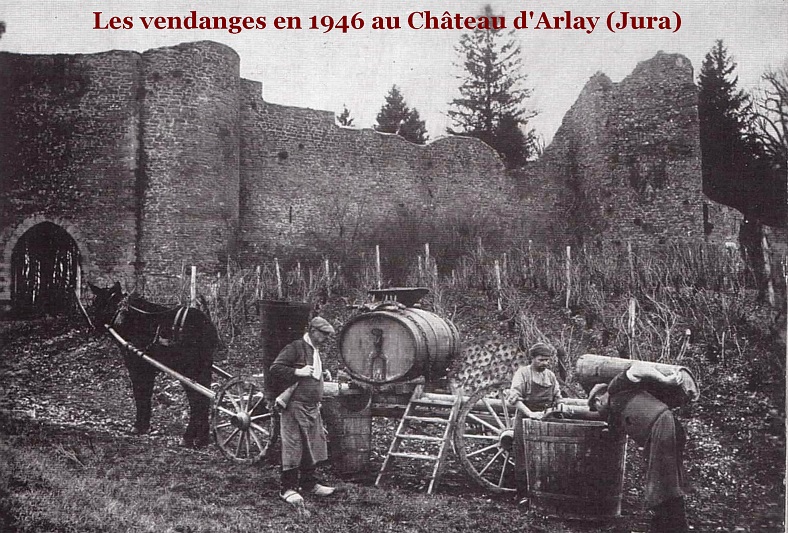
On this dreamy terrain, Pinot Noir, Trousseau, and Poulsard thrive for the production of red wines, and these vines face the south at the top of the hill, making them easier to cultivate. As for the Chardonnay and Savagnin vines, they are grown in the more compact earth at the base of the hill. Thus, since the beginning of their grape growing, they’ve all benefited from south and south-easterly orientation. This is an unusual way for the vines to face, since the vineyards of the Jura face towards Burgundy, to the east.
Today, the vines cover twenty-two hectares, a notable number when we consider that the average vineyard in this region is just one hectare. This area around the château reinforces the wines’ identity, sought for their freshness, lightness, subtlety, and their aromatic palette that diffuses naturally. The reds possess notes of graphite and spices as well as a fine minerality. And the whites have touches of gentle spices, fig, and raisins. As for the vin jaune, it is remarkably fine, far from the heavy alcohol associated with its peers. However, despite their lightness, these wines carry an intense contrast between their drinkability and their ageing potential (conferred by a fresh acidity). Even in the particularly mature harvests (in 2018, the Chardonnay had a 15% alcohol level), there are perceptible salty notes and the minerality typical of Jura labels.
Château d’Arlay is also a family affair. Alain de Laguiche has never considered parting ways with this treasure, even when he followed a totally different professional path in Paris. Fortunately, between the important tourist season and the management of the forest, there’s no place for boredom. Whilst he hasn’t received any formal training, he works with Philippe Soulard, the CEO who arrived in 2011. Together, in the heart of this rainy, precarious climate, they threw themselves into the challenge of organic agriculture (biodynamic, too, for 3 years now!), without seeking certification. Whilst 20% of the region’s viticultural land has become organic, this is not an easy task, as I’m sure you’ve worked out.
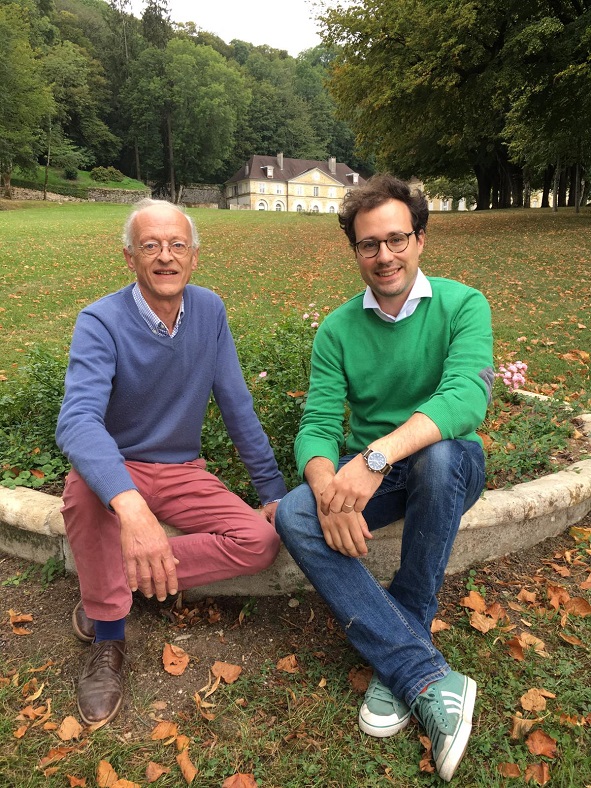
Their attentive work in the vineyard is followed by the most natural vinification possible, with the idea of expressing the efforts made in the vines through the freshness and purity of the drink produced.
2011 was the last vintage to offer significant volumes of high quality wine. The following years have all been marked by difficult harvests with yields reduced by half. In light of this, though the family had always carried out long élevage in oak barrels conferring earthy aromas, they have reconsidered their methods by choosing smaller containers (400 litres) and more precise maceration periods. Thus, the red wines reveal a lot of natural tannins, offering a slightly rustic character that will become more refined in time.
A fan of balanced wine (who isn’t?), Alain seeks a texture of velvet when tasting. His references? Fine wines from the Rhône, notably Gigondas, but also Savoie and Beaujolais where he looks for structured and powerful wines like Château Thivin’s Zaccharie cuvée. Inspired by this, he now produces equal amounts of red wine and vin jaune: four reds, two whites, and two jaunes. A Cremant perhaps? On the contrary, he is one of the rare producers not to offer this kind of wine, because of his vines’ exposure to the south, an orientation that encourages full maturity.
This hasn’t stopped the domain from producing a new, Trousseau cuvée that is notably pure in character. A fresh creation that establishes itself in the history of a château that has always preferred Pinot Noir. Indeed, this Jura grape variety now covers one and a half hectares of chalk soil and light marl to offer one of the most restricted productions.
In terms of his vins jaunes, Alain had fun thinking of Protéodie. This word, that means ‘the science of invisible frequencies’, embodies the domain’s original idea of stimulating the indigenous yeasts with sound waves. Particularly effective in fighting esca on the vines, this system was installed in the cellar in 2011 for part of its production. The result? The voile (the layer of yeast on the surface) developed more quickly and harmoniously than usual, producing a wine that is more powerful, and stronger in its ethanol flavour at an extra 0.5% alcohol. Its acidity and minerality is also more pronounced. There’s no rush to taste these wines, as Alain advises that the bottle should be opened after 20 years of ageing!
Have a look at all the Château d’Arlay wines for sale at iDealwine
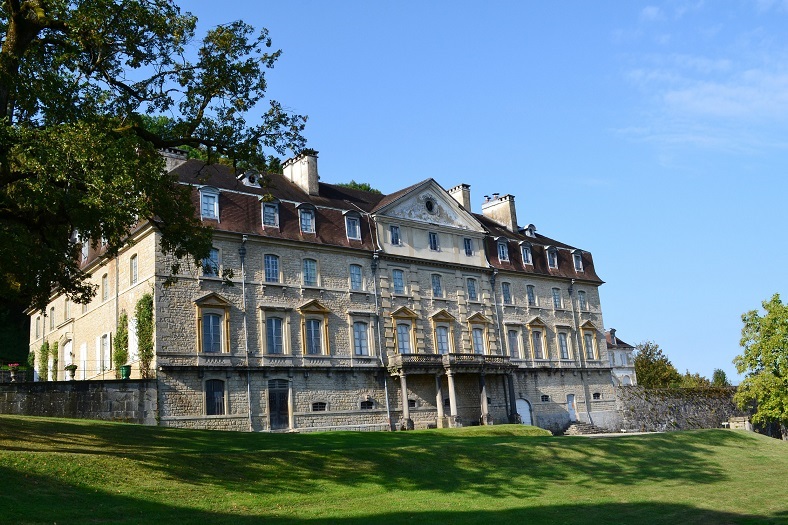
Here’s a selection of what’s on offer:
Côtes-du-Jura Corail
Produced from five red grape varieties (Pinot Noir, Trousseau, Poulsard, Chardonnay and Savagnin), this cuvée is aged for two years in barrels. It stands out thanks to its aromas of very ripe, red fruit and notes of sweet spices. The palate is delicate, slender, fresh and full-bodied.
Côtes-du-Jura rouge
Like many cuvées from Château d’Arlay, this Côtes du Jura has been matured for a remarkable 5 years in casks used several times before. It is a delicate, fruity, intense wine that demands to be sampled.
Côtes-du-Jura Vin de Paille
A superb vin de paille with nutty aromas to lift your dessert to another level. Unless you decide to drink it on its own…
Côte-du-Jura Vin Jaune
Only produced in the best vintages, vin jaune has an incredible capacity to age: Château d’Arlay’s wines can be kept for a hundred years! Having been opened a good half a day before being served, this wine should be drunk at room temperature, around 17°C.
What do the guides say?
La revue du vin de France
“In the latest vintages, this venerable Jura property has seen a new generation of wine makers who have shown that there is still more purity, precision, and modernity that can be given to the local wine, meaning a more just expression of the terroir! Though this doesn’t go for the vin jaune, as inimitable and accomplished as it is – it would be criminal to change anything about it!
Our favourite wine this year is the sublime macvin blanc, with an intensity and freshness of flavour that will be a revelation for many: how Alain de Laguiche manages to achieve such a result is a mystery, but the wine exists and it is undoubtedly a fine one!”
Bettane + Desseauve
“Owner of one of France’s most ancient viticultural châteaux, a former convent classed as an historic monument, Alain de Laguiche has joyfully mastered the art of story-telling. A new CEO, Philippe Soulard, has been working since 2012 to refresh the style of the wine produced, with organic agriculture across 22 hectares in the pipeline. If the quality is not totally homogenous, there are nonetheless some beautiful, typical wines and some promising bottles in red and white alike, including two new Trousseau and Naturé cuvées. In the meantime, the reserve of mature vintages at affordable prices are bound to please enthusiasts.”

